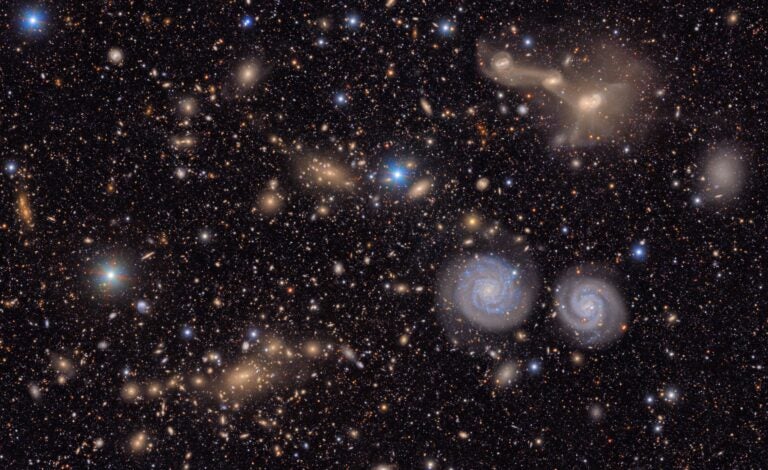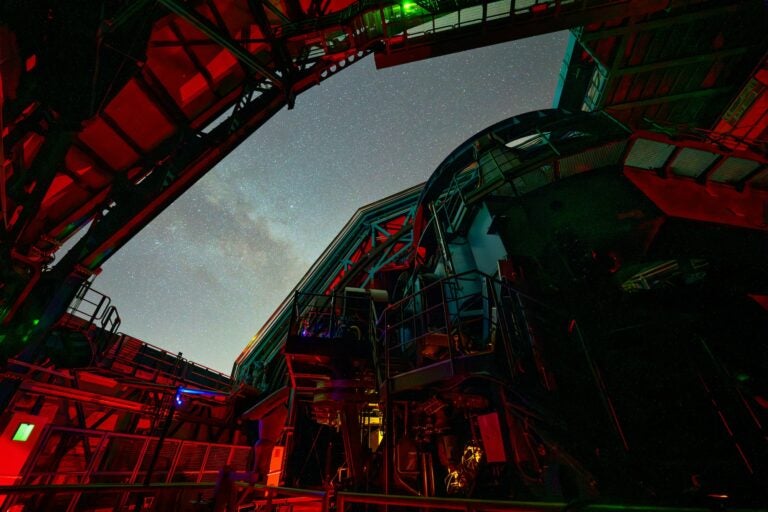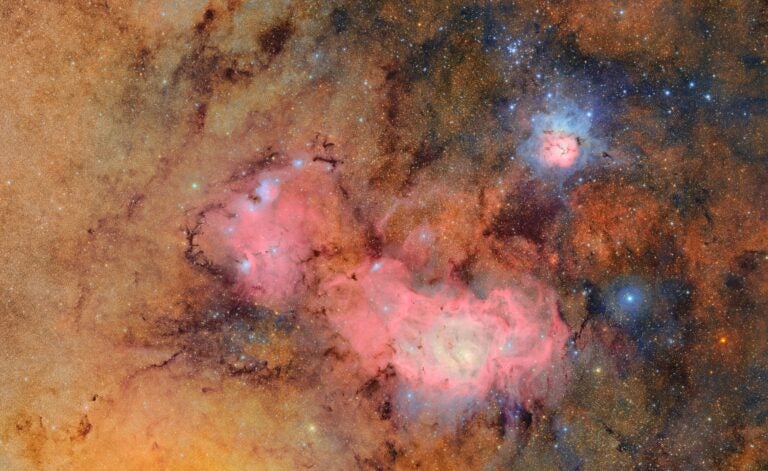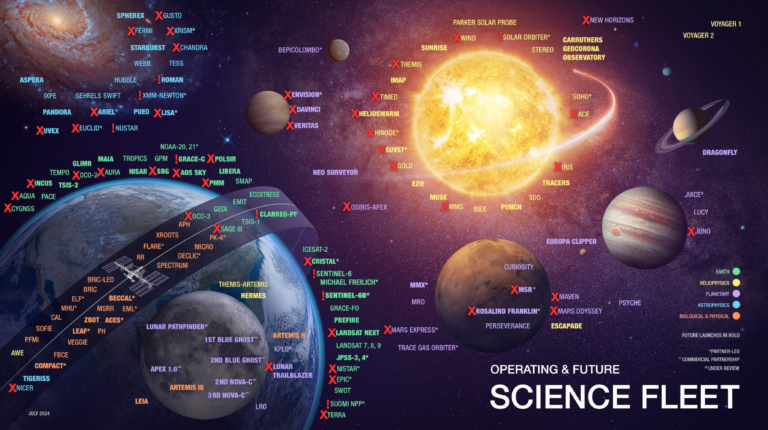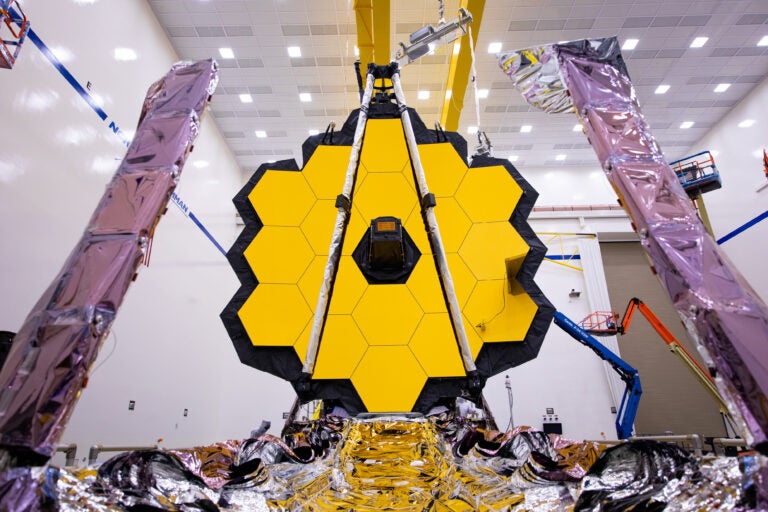Australian astronomer David Martin didn’t spend his childhood staring through a telescope, but rather with a cricket bat in his hand. His dreams of going pro didn’t pan out; instead, the 32-year-old is now a NASA Sagan Fellow at Ohio State, where he works to sniff out the secrets of exoplanets in some of the universe’s most extreme environments.
Martin’s first taste of astronomy was a deep dive into the mathematics of two- and three-body systems at the University of Geneva. After graduating in 2012, he set off to Switzerland to complete his Ph.D. — and learn how to play ice hockey.
Martin’s thesis was on transit timing variations, the small differences in timing used to calculate the sizes of exoplanets that pass in front of their host stars. Not one to settle for something easy, Martin opted to study circumbinary systems, where exoplanets orbit more than one body, often two stars. “They were really cool because they were this really extreme example of transit timing variations,” he says. Spotting circumbinary planets was both an observational challenge and a fascinating theoretical pursuit — much less is known about their formation and evolution than exoplanets in more conventional environments.
Martin is now hunting for exoplanets in even stranger systems, like those that include a white dwarf. The key challenge is no longer simply finding exoplanets, he says. “It’s trying to find new planets which would really increase our understanding,” perhaps in ways we never anticipated.
To that end, he and a colleague, Dan Fabrycky of the University of Chicago, built an algorithm for finding exoplanets, called STANLEY. (Martin named it after his dog, simply because he could.) Before STANLEY, exoplanets in circumbinary systems had to be spotted with the human eye. Now, the algorithm not only allows for finding smaller exoplanets, but also for much more accurate characterizations of such systems.
Amaury H.M.J. Triaud, an exoplanet astronomer at the University of Birmingham in the U.K. and Martin’s most-published co-author, says astronomers like Martin don’t come along every day. “I love working with him,” he says. “He pushes me out of my comfort zones and our discussions always lead to something new.”
Make sure to explore our full list of 25 rising stars in astronomy. Check back each week for a new profile!
To get the latest astronomical news and observing content delivered directly to your door, subscribe to Astronomy magazine today!


